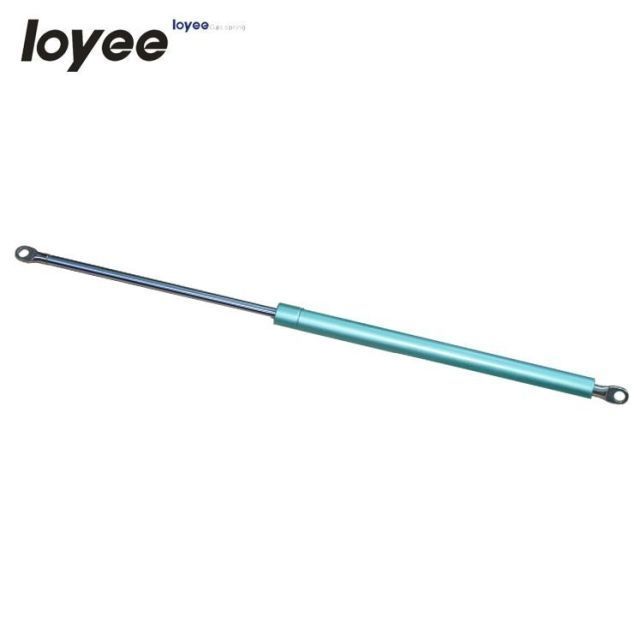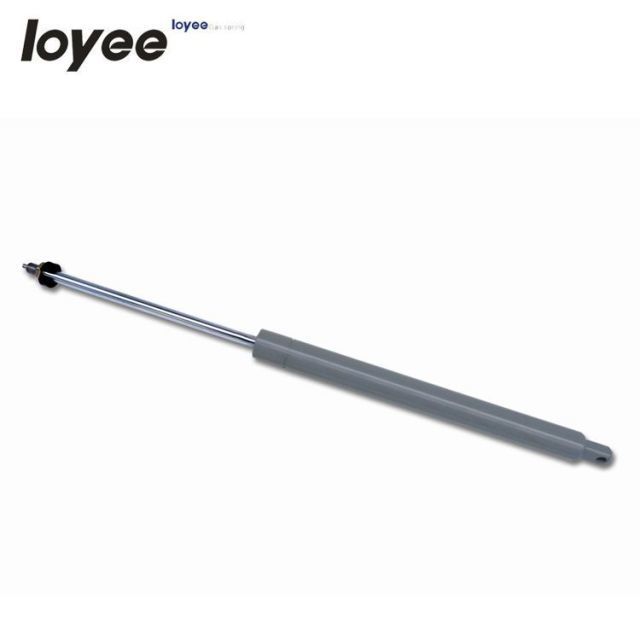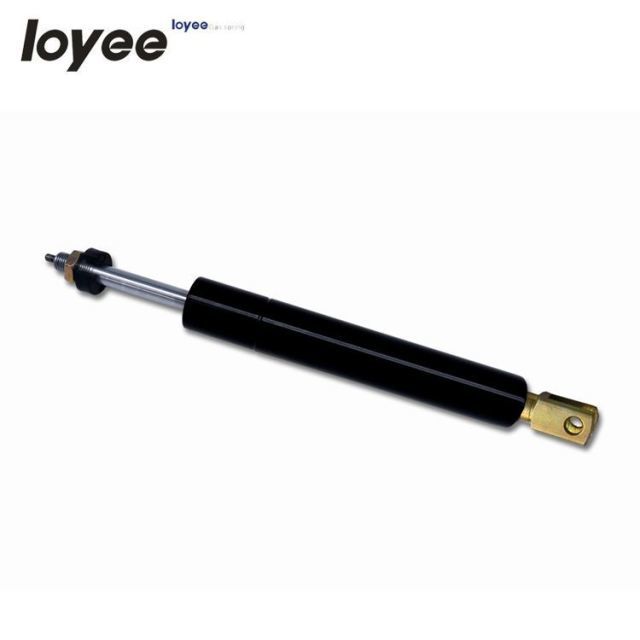Understanding Gas Springs for Folding Bed Mechanisms: A Comprehensive Guide
Gas springs, also known as gas struts or gas shocks, are critical components in various applications, including folding bed mechanisms. These specialized springs utilize compressed gas to provide lifting and lowering assistance, enhancing user experience and functionality. Understanding how gas springs work and their benefits can help in selecting the appropriate type for your folding bed mechanis
Release time:
2025-08-21
Gas springs, also known as gas struts or gas shocks, are critical components in various applications, including folding bed mechanisms. These specialized springs utilize compressed gas to provide lifting and lowering assistance, enhancing user experience and functionality. Understanding how gas springs work and their benefits can help in selecting the appropriate type for your folding bed mechanism.
At their core, gas springs consist of a cylinder filled with compressed gas (usually nitrogen), a piston, and a rod. When the piston is pushed into the cylinder, the gas compresses, allowing it to exert force in a controlled manner. This unique mechanism enables the gas spring to smoothly support the weight of the folding bed when it is being opened or closed. This assists not only in minimizing physical strain but also in providing a safe and effortless operation.
One of the primary benefits of gas springs in folding bed mechanisms is their ability to offer adjustable resistance. Depending on the design, these springs can be customized to match the weight and dimensions of the bed, ensuring optimal performance. This customization allows for smoother operation, which is particularly important in applications where safety and ease of use are paramount.
Additionally, gas springs contribute to the overall longevity and durability of folding bed mechanisms. They are designed to withstand repeated use without significant wear and tear. Their sealed design protects the internal components from dust and moisture, ensuring consistent performance over time. This reliability makes gas springs a preferred choice for manufacturers looking to enhance the quality of their folding bed products.
When selecting gas springs for folding bed mechanisms, several factors should be considered. The weight capacity of the gas spring is crucial; it must be able to support the total weight of the bed and any additional load. The stroke length is another important consideration, which refers to the distance the spring can extend or compress. Proper stroke length ensures that the folding mechanism operates smoothly without any obstructions.
Moreover, the mounting options for gas springs should align with the design of the folding bed. Different mounting styles can affect the operation and effectiveness of the gas spring. Therefore, it's essential to choose a gas spring that integrates seamlessly with the folding mechanism.
In conclusion, gas springs are vital components in folding bed mechanisms, offering ease of use, safety, and durability. By understanding their functionality and considering key factors during selection, manufacturers can significantly improve the design and user experience of folding beds. Whether you are involved in manufacturing or simply interested in the mechanics behind folding beds, a solid grasp of gas springs will enhance your knowledge and decision-making in this field.
At their core, gas springs consist of a cylinder filled with compressed gas (usually nitrogen), a piston, and a rod. When the piston is pushed into the cylinder, the gas compresses, allowing it to exert force in a controlled manner. This unique mechanism enables the gas spring to smoothly support the weight of the folding bed when it is being opened or closed. This assists not only in minimizing physical strain but also in providing a safe and effortless operation.
One of the primary benefits of gas springs in folding bed mechanisms is their ability to offer adjustable resistance. Depending on the design, these springs can be customized to match the weight and dimensions of the bed, ensuring optimal performance. This customization allows for smoother operation, which is particularly important in applications where safety and ease of use are paramount.
Additionally, gas springs contribute to the overall longevity and durability of folding bed mechanisms. They are designed to withstand repeated use without significant wear and tear. Their sealed design protects the internal components from dust and moisture, ensuring consistent performance over time. This reliability makes gas springs a preferred choice for manufacturers looking to enhance the quality of their folding bed products.
When selecting gas springs for folding bed mechanisms, several factors should be considered. The weight capacity of the gas spring is crucial; it must be able to support the total weight of the bed and any additional load. The stroke length is another important consideration, which refers to the distance the spring can extend or compress. Proper stroke length ensures that the folding mechanism operates smoothly without any obstructions.
Moreover, the mounting options for gas springs should align with the design of the folding bed. Different mounting styles can affect the operation and effectiveness of the gas spring. Therefore, it's essential to choose a gas spring that integrates seamlessly with the folding mechanism.
In conclusion, gas springs are vital components in folding bed mechanisms, offering ease of use, safety, and durability. By understanding their functionality and considering key factors during selection, manufacturers can significantly improve the design and user experience of folding beds. Whether you are involved in manufacturing or simply interested in the mechanics behind folding beds, a solid grasp of gas springs will enhance your knowledge and decision-making in this field.
gas spring for folding bed mechanisms
Previous Page
Previous Page
Latest information







